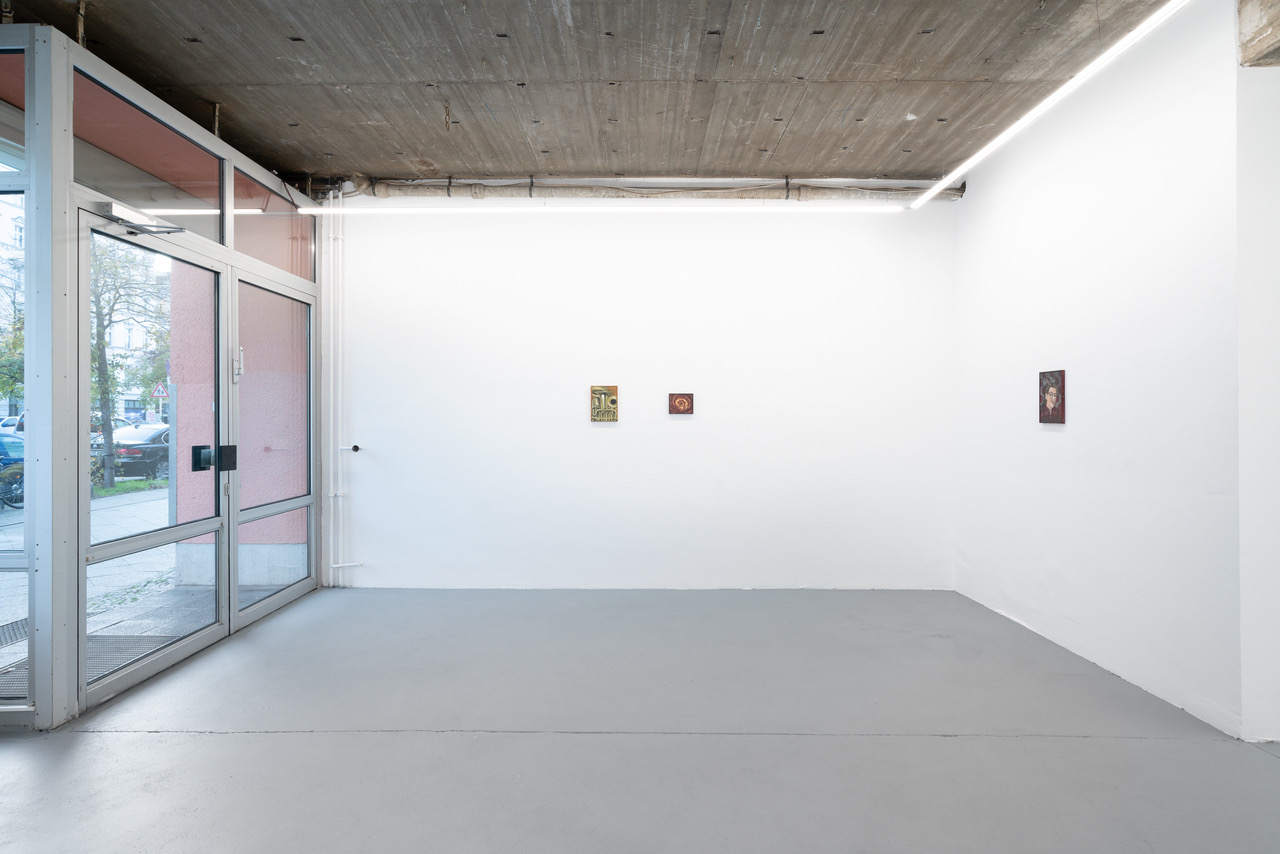
Installation view: Stefan Fuchs, 'In between Lives', November 11 – December 22, 2022, Galerie Tobias Naehring, Berlin
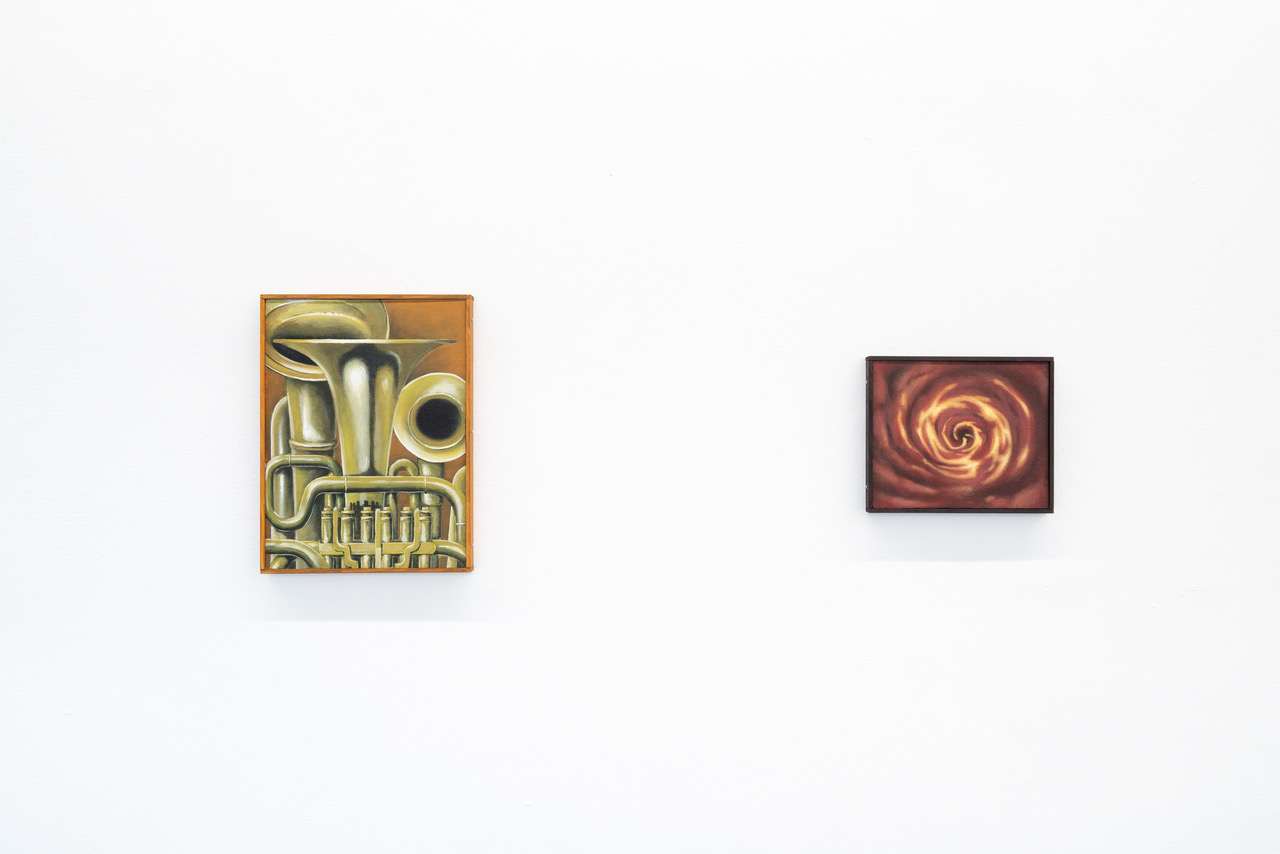
Installation view: Stefan Fuchs, 'In between Lives', November 11 – December 22, 2022, Galerie Tobias Naehring, Berlin

Stefan Fuchs, 'One of many Machines, Mistakes and other impossible Dreams', 2022, Acrylic on canvas, mounted on wood, 27 × 20 cm

Stefan Fuchs, 'Urschleim', 2022, Acrylic on canvas, mounted on wood, 15 × 18 cm
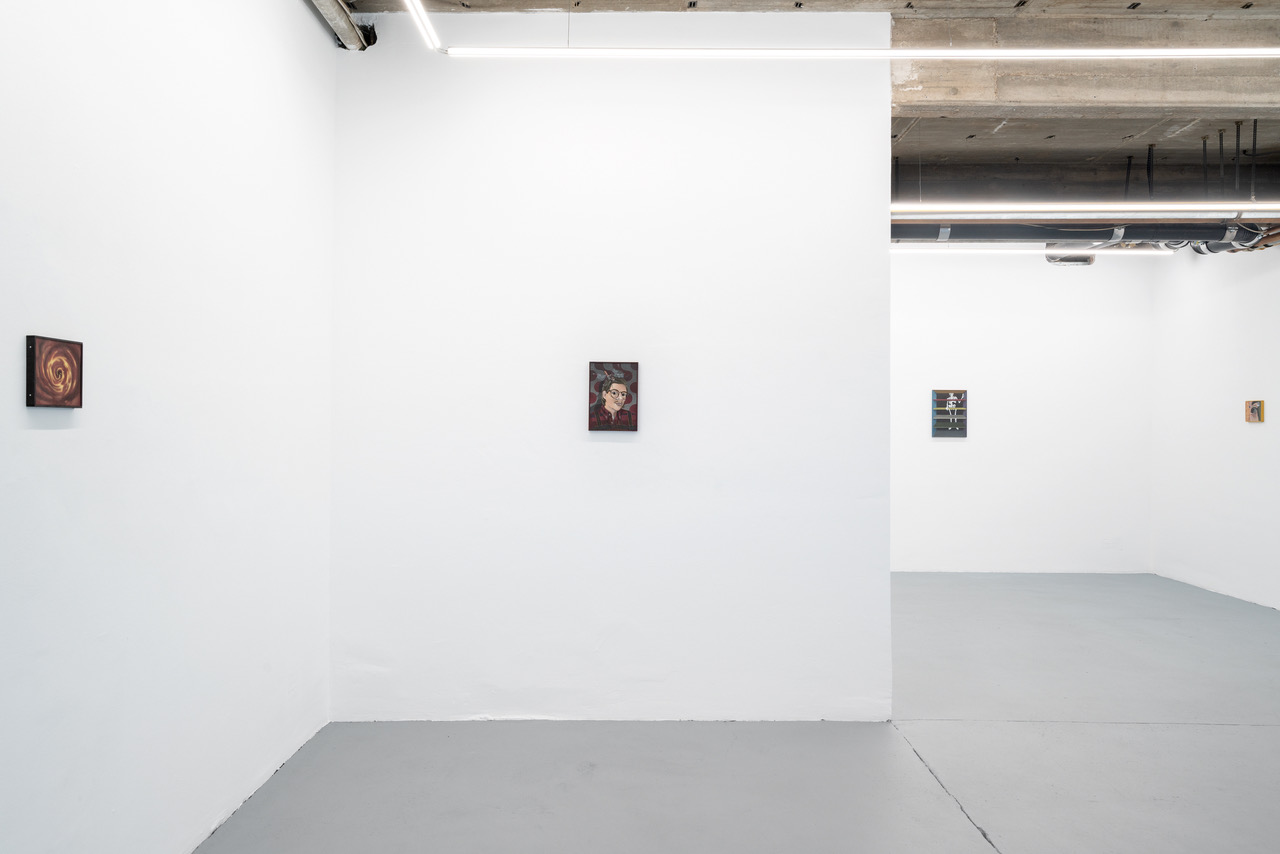
Installation view: Stefan Fuchs, 'In between Lives', November 11 – December 22, 2022, Galerie Tobias Naehring, Berlin

Stefan Fuchs, 'Escape from the strange Garden', 2022, Acrylic on canvas, mounted on wood, 30 × 21 cm
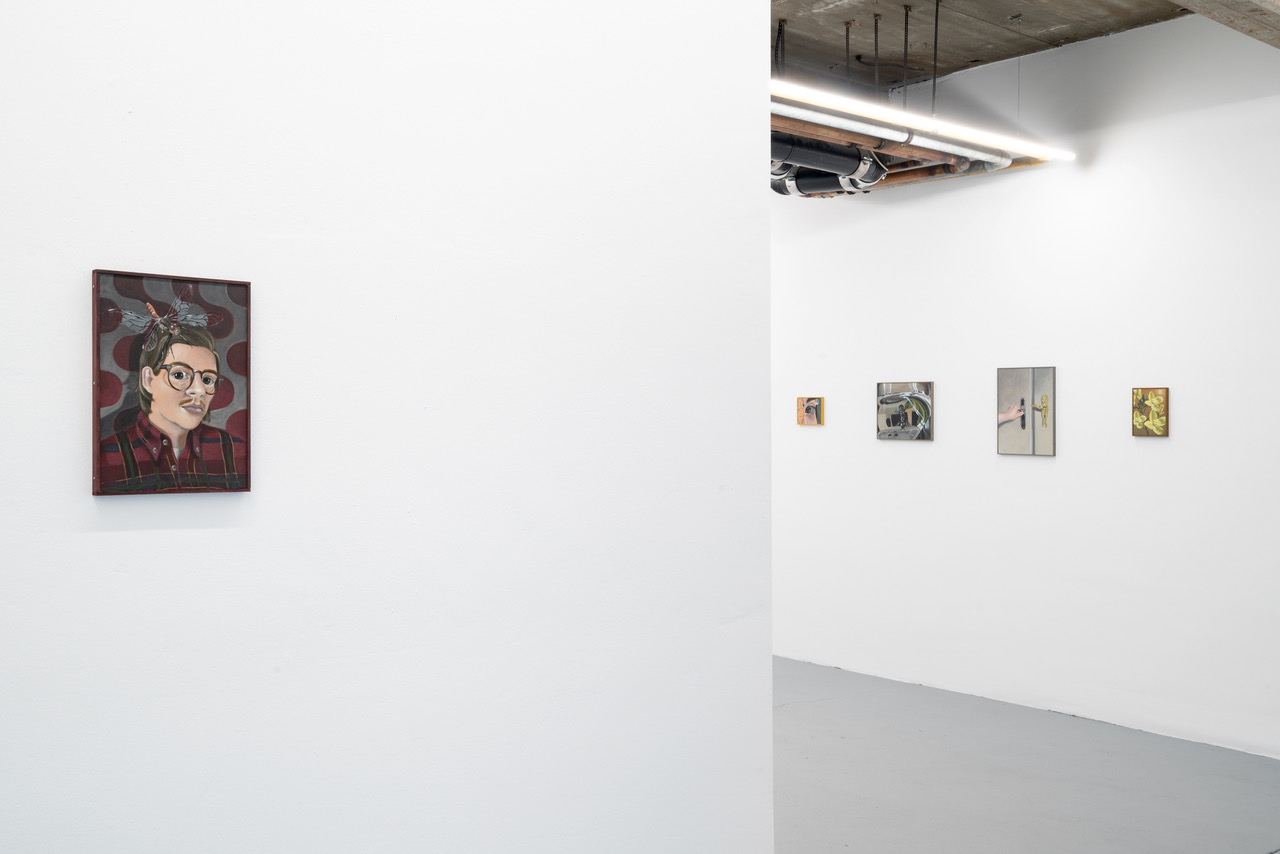
Installation view: Stefan Fuchs, 'In between Lives', November 11 – December 22, 2022, Galerie Tobias Naehring, Berlin
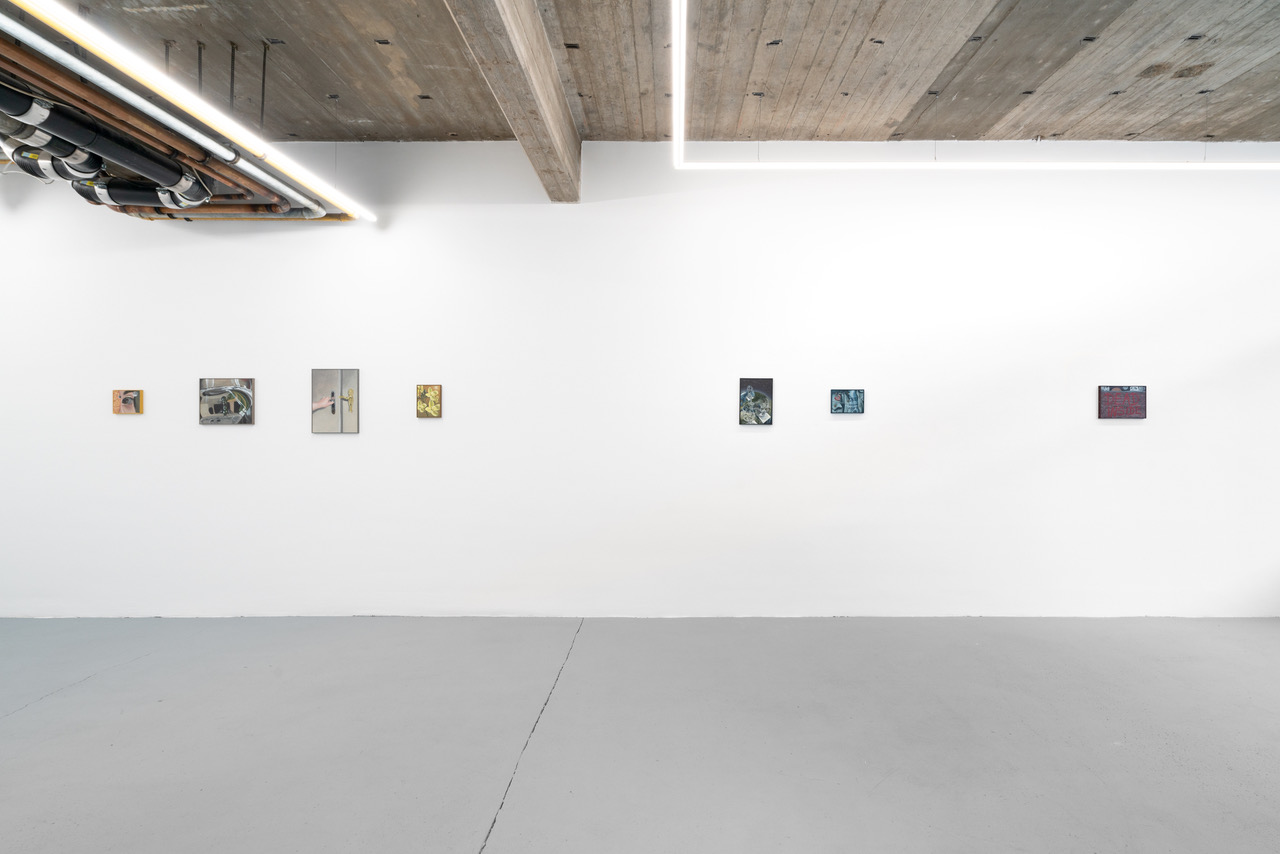
Installation view: Stefan Fuchs, 'In between Lives', November 11 – December 22, 2022, Galerie Tobias Naehring, Berlin
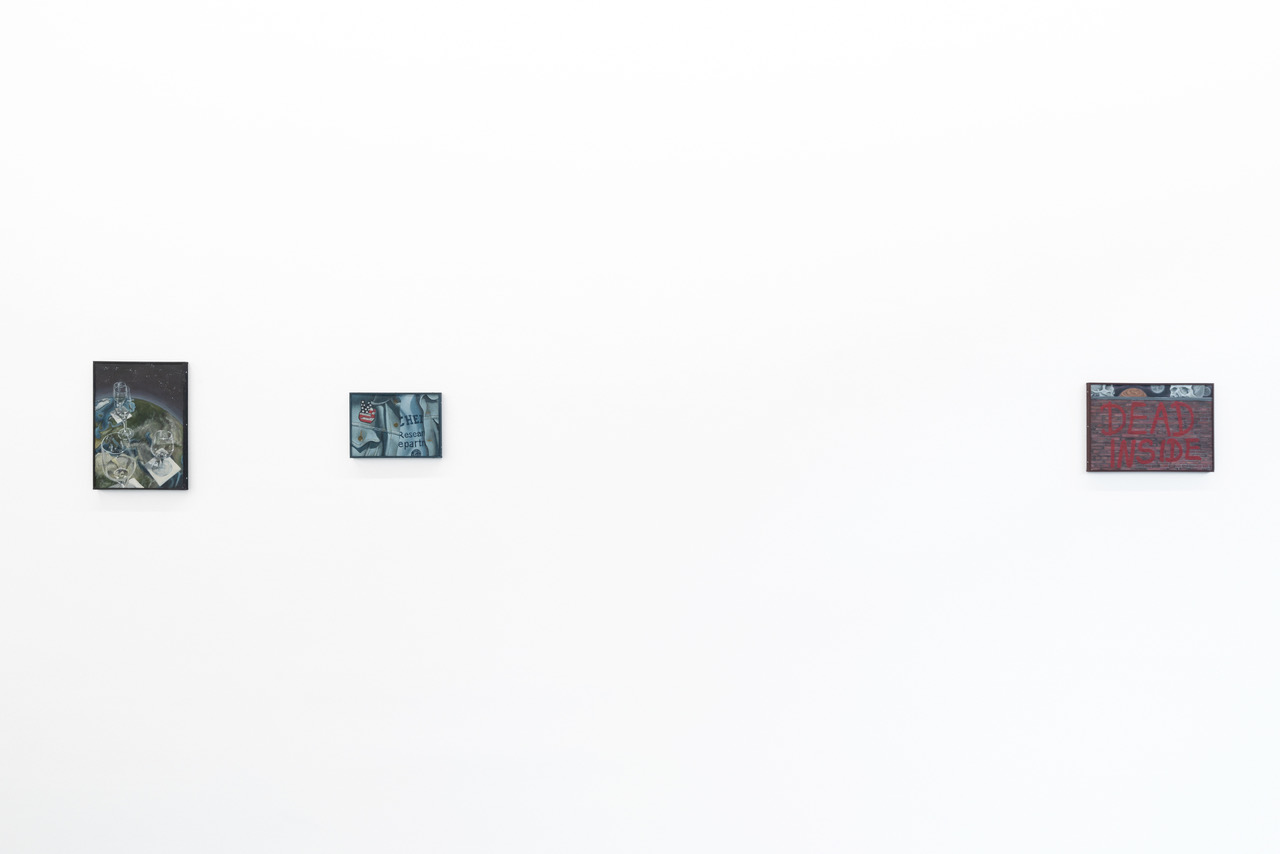
Installation view: Stefan Fuchs, 'In between Lives', November 11 – December 22, 2022, Galerie Tobias Naehring, Berlin

Stefan Fuchs, 'The Fatigue', 2022, Acrylic on canvas, mounted on wood, 30 × 21 cm

Stefan Fuchs, 'The happier Mind', 2022, Acrylic on canvas, mounted on wood, 15 × 21 cm

Stefan Fuchs, 'Dead Inside', 2022, Acrylic on canvas, mounted on wood, 21 × 30 cm
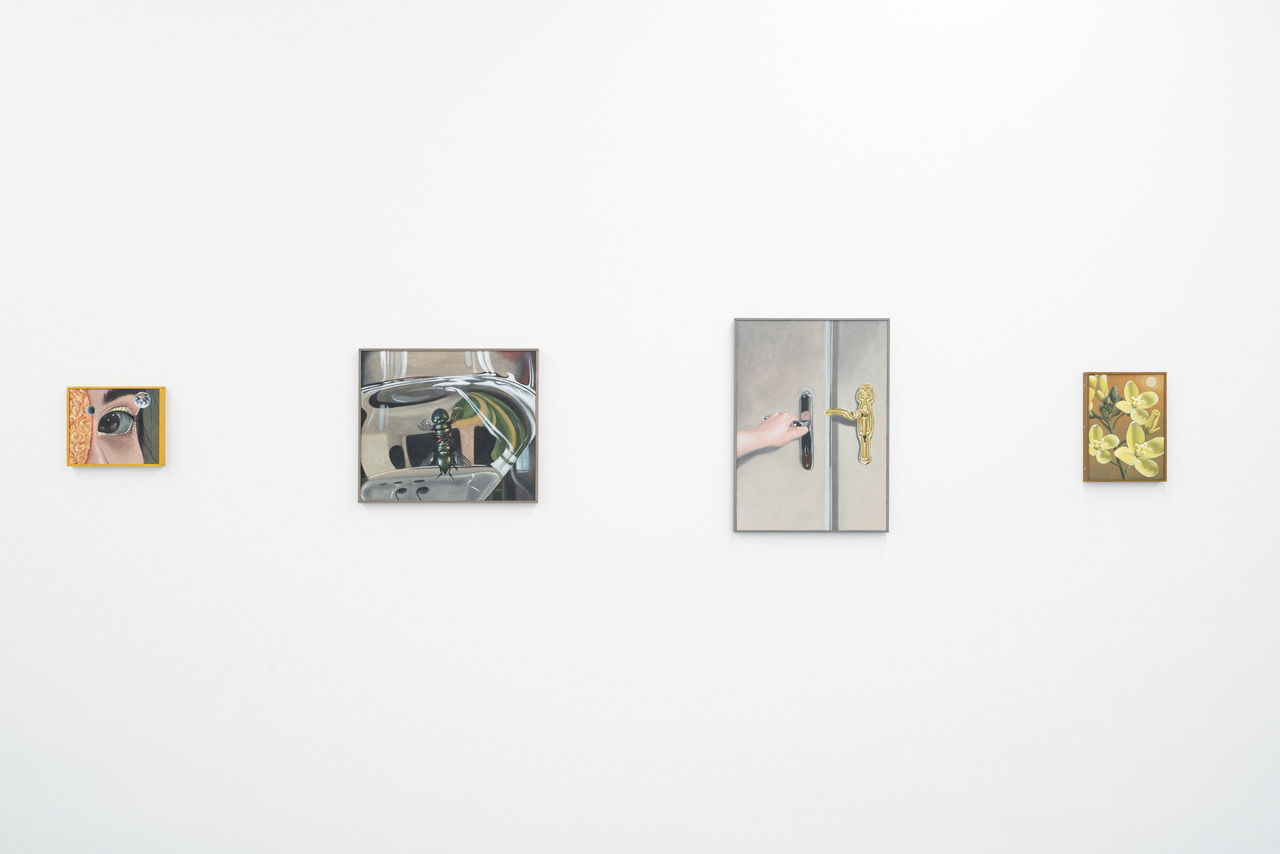
Installation view: Stefan Fuchs, 'In between Lives', November 11 – December 22, 2022, Galerie Tobias Naehring, Berlin

Stefan Fuchs, 'As she lays down to sleep, her Mind starts to wander', 2022, Acrylic on canvas, mounted on wood, 15 × 18 cm

Stefan Fuchs, 'In between Lives', 2022, Acrylic on canvas, mounted on wood, 30 × 35 cm

Stefan Fuchs, 'Passage interlocked', 2022, Acrylic on canvas, mounted on wood, 42 × 30 cm

Stefan Fuchs, 'Perfectly arranged Nature', 2022, Acrylic on canvas, mounted on wood, 21 × 15 cm
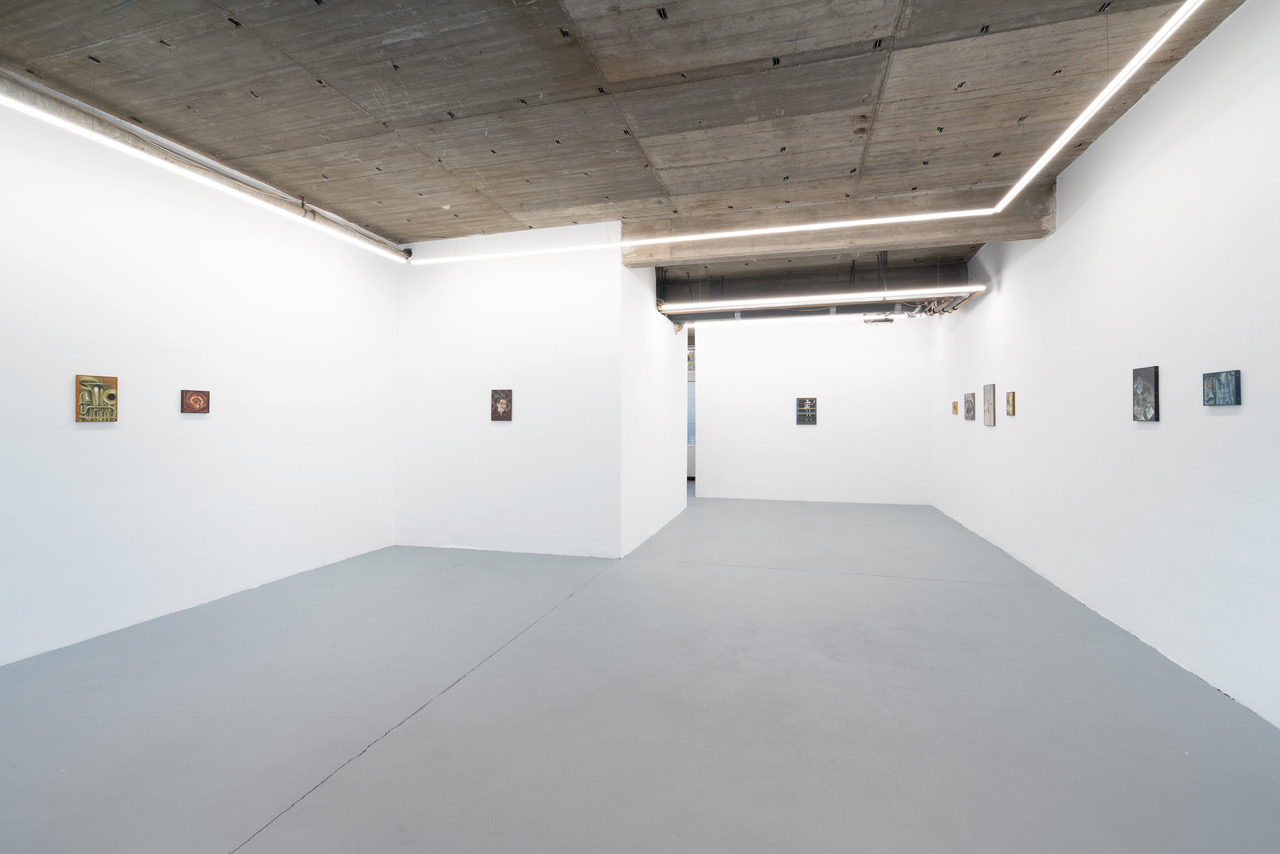
Installation view: Stefan Fuchs, 'In between Lives', November 11 – December 22, 2022, Galerie Tobias Naehring, Berlin

Stefan Fuchs, 'New Apartments, new Furniture, choice of Colors and other existential Questions', 2022, Acrylic on canvas, mounted on wood, 42 × 30 cm

Stefan Fuchs, 'A universe within you', 2022, Acrylic on canvas, thread, 165 × 195 cm
EN
Dear Stefan,
unfortunately I won‘t be able to make it to the opening, but I‘m glad that I can contribute something to the exhibition with this letter. I envy the Berlin audience, who will be able to see the finished paintings before I do. Hopefully people will take some time for contemplation. Turn on, tune in, drop out.
You were talking on the phone about irritating details in the paintings. How the reflections on the trumpets are not correct on purpose. And the shadows of the glasses. Your talked about the flower with three identical blossoms. The fly(s) in the wine glass against this distorted background reminiscent of Edvard Munch. My „Psychedelic Research Department“ shirt under the denim jacket. The strange door knob or dragonfly wings. And you talked about fractals and planets popping up in three images. Patterns, structures and geometries that sometimes repeat in the same image, sometimes elsewhere.
If I had to describe the exhibition in one word, it would be: ornament. This is especially obvious in the self-portrait in front of the 70s wallpaper with patterned shirt. It‘s an homage to Józef Mehoffer‘s painting „The Strange Garden“ from 1903, and not just because of the title. I would assume few people know the painter and the painting, but you can easily find it on the Internet.
The Internet also says: „The main characteristic of the ornament is the paratactic or rhythmic arrangement of the individual elements. Thus, the ornament almost always presents itself as a continuous whole, as a row, band, line, ledge or frieze. Another equally essential characteristic is its ordering and delimiting function.“ Ordering and delineating. Like the skeleton behind the shelf, or the door behind the door.
While your sculptures usually weave together architecture, social models, and an interest in material, painting seems to be your intimate, melancholic Denkraum (room to think). In which you rhyme together the visual vocabulary for your entire practice. This reminds me of one of our first conversations at the Munich Art Academy, in which you said, „Art is like a language to me, and I have to learn all the words first so that I can formulate sentences later.“
In between lives. On small formats the big themes: death, the subject, the earth and the cosmos. Like independent poems in a volume of poems about life. An exhibition as an attempt to subjectively order and explore memories, consciousness and perception. To fathom the spaces between universes, which we can continuously create, experience and forget again through our own phantasms. And painting not as a metaphor or attempted explanation, but as a living, creative process itself. A life, a painting or an exhibition as a complex fractal in the infinite, larger cosmic fractal:
Love, Yves-Michele
– Yves-Michele Saß, 2022
Stefan Fuchs (*1988) lives and works in Berlin and Munich. He studied at the Academy of Fine Arts Munich with Nairy Baghramian, Kerstin Brätsch, Olaf Nicolai and Hermann Pitz. Recent solo and group exhibitions have taken place at Museum Gunzenhauser (Chemnitz), Bundeskunsthalle (Bonn), Schwabinggrad (Munich), Altan (Oslo), Tobias Naehring (Leipzig), Neuer Essener Kunstverein (Essen), Beacon (Munich), Kunstverein Ingolstadt (Ingolstadt), Mélange (Cologne), Henie Onstad Kunstsenter (Oslo), Sangt Hipolyt (Berlin).
Yves-Michele Saß (*1987) is the director for art + knowledge at treat agency. The Vienna-based digital agency advises and supports organizations in the art and culture sector in their digital communication, including Art Basel, the Austrian National Library and the Munich Pinakotheken among others. He studied fine arts in Bremen, Munich and Vienna and founded the exhibition space Loggia together with Stefan Fuchs in 2017.
DE
Lieber Stefan,
ich schaffe es leider nicht zur Eröffnung, aber freue mich, dass ich mit diesem Brief etwas zur Ausstel- lung beitragen darf. Ich beneide das Berliner Publikum, das vor mir die fertigen paintings sehen darf. Hoffentlich nehmen sich die Leute etwas Zeit zur Kontemplation. Turn on, tune in, drop out.
Du hast am Telefon von den irritierenden Details in den Bildern erzählt. Wie die Spieglungen auf den Trompeten nicht stimmen sollen und von den Schatten der Gläser. Oder die Blume mit den drei identischen Blüten. Die Fliege(n) im Weinglas vor diesem an Edvard Munch erinnernden, verzerrten Hintergrund. Mein „Psychedelic Research Department“ Shirt unter der Jeansjacke. Die merkwürdige Türklinke oder die Libellenflügel. Und du hast von Fraktalen und Planeten gesprochen, die in drei Bildern auftauchen. Muster, Strukturen und Geometrien, die sich manchmal im selben Bild, manchmal anderorts wiederholen.
Wenn ich die Ausstellung mit einem Wort beschreiben müsste, wäre es: Ornament. Besonders deut- lich wird das bei dem Selbstporträt vor der 70er Tapete mit gemusterten Hemd. Eine Hommage an Józef Mehoffers Gemälde “The Strange Garden” aus dem Jahre 1903. Nicht nur wegen des Titels. Den Maler und das Bild kennen sicherlich wenige, aber man kann es leicht im Internet finden.
Im Internet steht auch: “Hauptmerkmal des Ornaments ist die parataktische oder rhythmische Reihung der einzelnen Glieder. So stellt sich das Ornament fast immer als ein fortlaufendes Ganzes dar, als Reihe, Band, Linie, Leiste oder Fries. Ein anderes, ebenso wesentliches Kennzeichen ist die ordnende und abgrenzende Funktion.” Ordnung und Abgrenzung. Wie das Skelett hinter dem Regal, oder die Tür hinter der Tür.
Während in deinen Skulpturen meist Architektur, Gesellschaftsmodelle und das Interesse für alles Stoffliche zusammengewebt wird, scheint die Malerei dein intimer, melancholischer Denkraum zu sein. In dem du dir das Bildvokabular für deine gesamte Praxis zusammenreimst. Das erinnert mich an eines unserer ersten Gespräche an der Münchner Kunstakademie, in dem du meintest: “Kunst ist für mich wie eine Sprache und ich muss erstmal die ganzen Wörter lernen, damit ich später Sätze formulieren kann”.
In between lives. Auf kleinen Formaten die großen Themen: der Tod, das Subjekt, die Erde und der Kosmos. Wie eigenständige Gedichte in einem Gedichtband über das Leben. Eine Ausstellung als Versuch Erinnerungen, Bewusstsein und Wahrnehmung subjektiv zu ordnen und zu erkunden. Die Räume zwischen den Universen auszuloten, welche wir durch unsere eigenen Phantasmen kontinuierlich erschaffen, erfahren und wieder vergessen können. Und Malerei nicht als Metapher oder Erklärungsversuch, sondern als lebendiger, schöpferischer Prozess selbst. Ein Leben, ein Bild oder eine Ausstellung als komplexes Fraktal im unendlich, größeren kosmischen Fraktal:
Alles Liebe, Yves-Michele
– Yves-Michele Saß, 2022
Stefan Fuchs (*1988) lebt und arbeitet in Berlin und München. Er studierte an der Akademie der bildenden Künste München bei Nairy Baghramian, Kerstin Brätsch, Olaf Nicolai und Hermann Pitz. Aktuelle Einzel- und Gruppenausstellungen fanden statt im Museum Gunzenhauser (Chemnitz), Bundeskunsthalle (Bonn), Schwabinggrad (München), Altan (Oslo), Tobias Naehring (Leipzig), Neuer Essener Kunstverein (Essen), Beacon (München), Kunstverein Ingolstadt (Ingolstadt), Mélange (Köln), Henie Onstad Kunstsenter (Oslo), Sangt Hipolyt (Berlin)
Yves-Michele Saß (*1987) ist Director für den Bereich art + knowledge bei treat agency. Die in Wien ansässige Digitalagentur berät und betreut Organisationen im Kunst- und Kulturbereich in der digitale Kommunikation, u.a. die Art Basel, die Österreichische Nationalbibliothek und die Münchner Pinakotheken. Er studierte in Bremen, München und Wien Freie Kunst und gründete 2017 zusammen mit Stefan Fuchs den Ausstellungsraum Loggia.